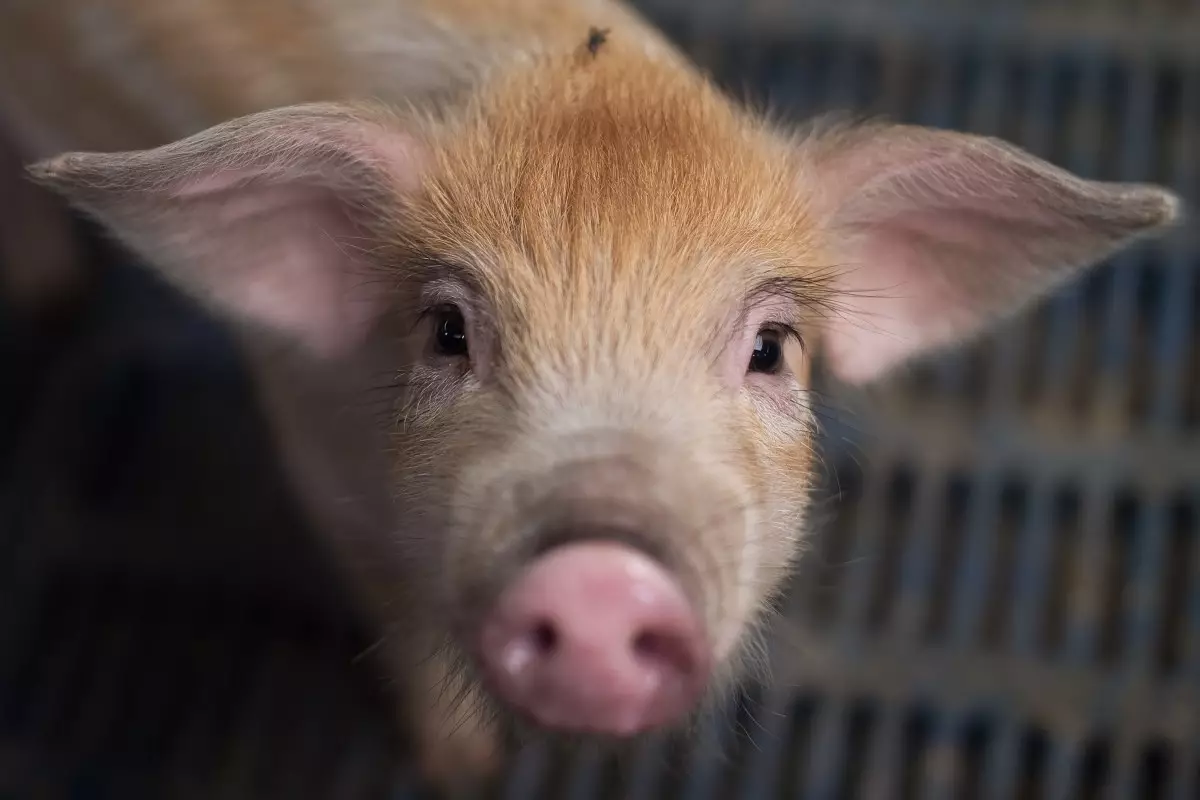In recent years, the field of artificial intelligence (AI) has expanded its horizons, moving beyond mere human applications to encompass a broader understanding of animal welfare. Researchers are exploring the potential of AI technologies to interpret and understand animal emotions, particularly pain, through advanced analysis of visual cues. This emergent trend not only signifies a shift in how we view animal sentience but also enhances the tools available to farmers and caregivers, ensuring that animals receive timely and appropriate attention when experiencing distress.
One striking advancement in animal welfare is the development of the Intellipig system by scientists at the University of the West of England Bristol in collaboration with Scotland’s Rural College. This innovative project utilizes visual recognition algorithms to analyze pigs’ facial expressions, serving as an alert system for farmers. By identifying changes that may indicate pain, illness, or emotional stress, the Intellipig system aims to facilitate a proactive approach to animal care and management. Such technology echoes the strides made in human facial recognition software and its implications for emotional analysis.
Furthermore, a team from the University of Haifa has made headway in training AI to recognize distress in dogs—a pursuit that has already yielded positive outcomes in aiding lost canine recovery through facial recognition algorithms. Notably, the uniqueness of animal expressions, particularly in species such as dogs and pigs, lays the groundwork for developing sophisticated AI models that can detect signs of discomfort, which are often subtle and easily overlooked by humans.
The foundation of these AI systems lies in extensive human observation and the meticulous cataloging of animal behaviors. Traditional research methods have involved painstaking observations over time to decode what specific behaviors signify in various circumstances. However, innovative approaches are emerging, exemplified by a recent study from the University of São Paulo. This research employed a dataset of horse facial images taken before and after surgical procedures, as well as responses to pain medications. By training an AI system to focus intently on specific facial features—such as the eyes, ears, and mouth—the researchers achieved an impressive 88% accuracy in detecting pain indicators autonomously.
This shift from purely human-led observations to AI-driven interpretations enhances the accuracy and efficiency of assessing animal welfare. Moreover, it presents a more scalable solution for monitoring animal health in environments such as farms, where human resources may be limited, and the sheer number of animals can be overwhelming.
The implications of integrating AI into animal welfare are profound. As these technologies continue to develop, they promise to revolutionize the way we understand and respond to the emotional and physical states of animals. By enabling timely interventions based on real-time analysis of animal distress signals, we can significantly enhance the quality of life for many species.
While challenges remain in refining the technology and addressing ethical considerations, the path forward is promising. Continued research and collaboration among interdisciplinary teams can pave the way for a future where our relationships with animals are informed by a deeper understanding of their emotional landscapes. Ultimately, the fusion of artificial intelligence with animal welfare initiatives heralds a new era of compassion, empathy, and responsibility towards the creatures with whom we share this planet.

